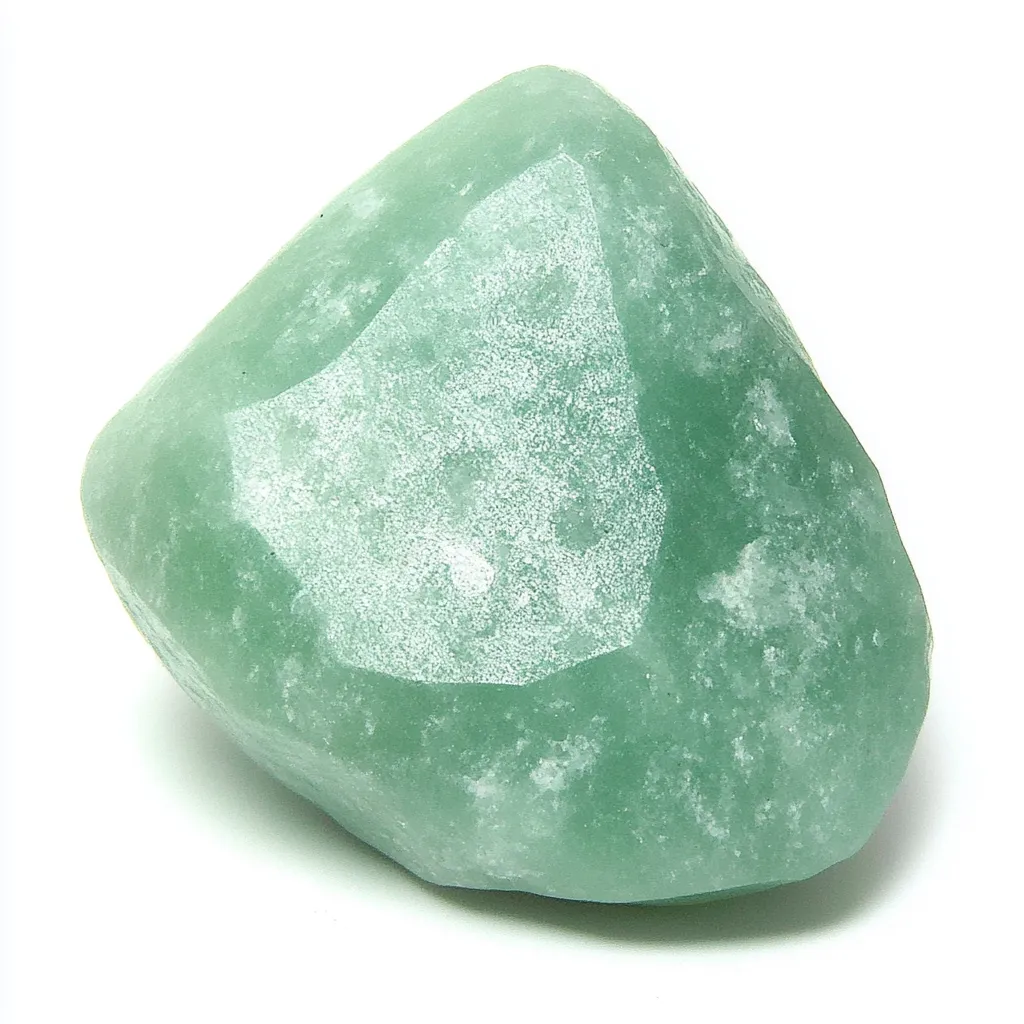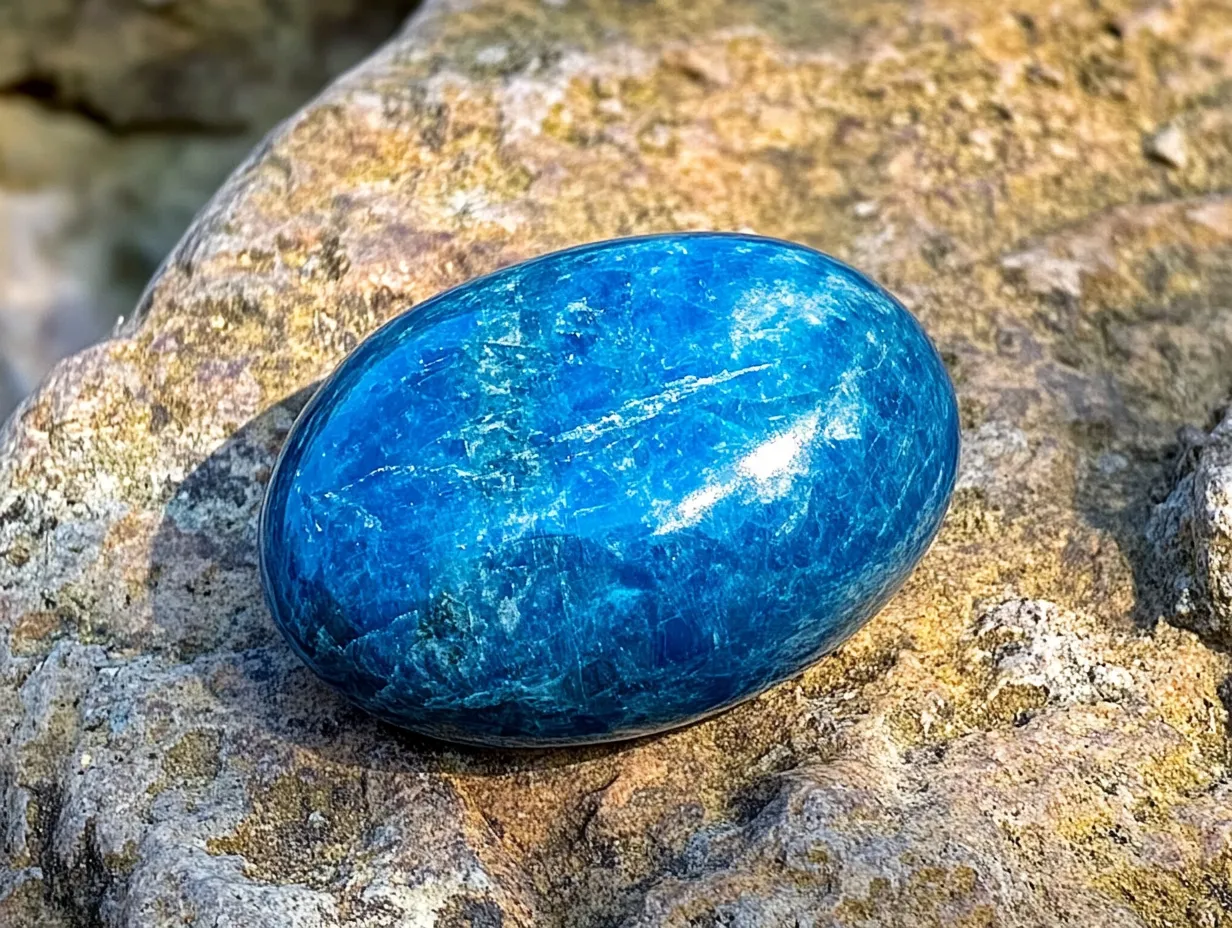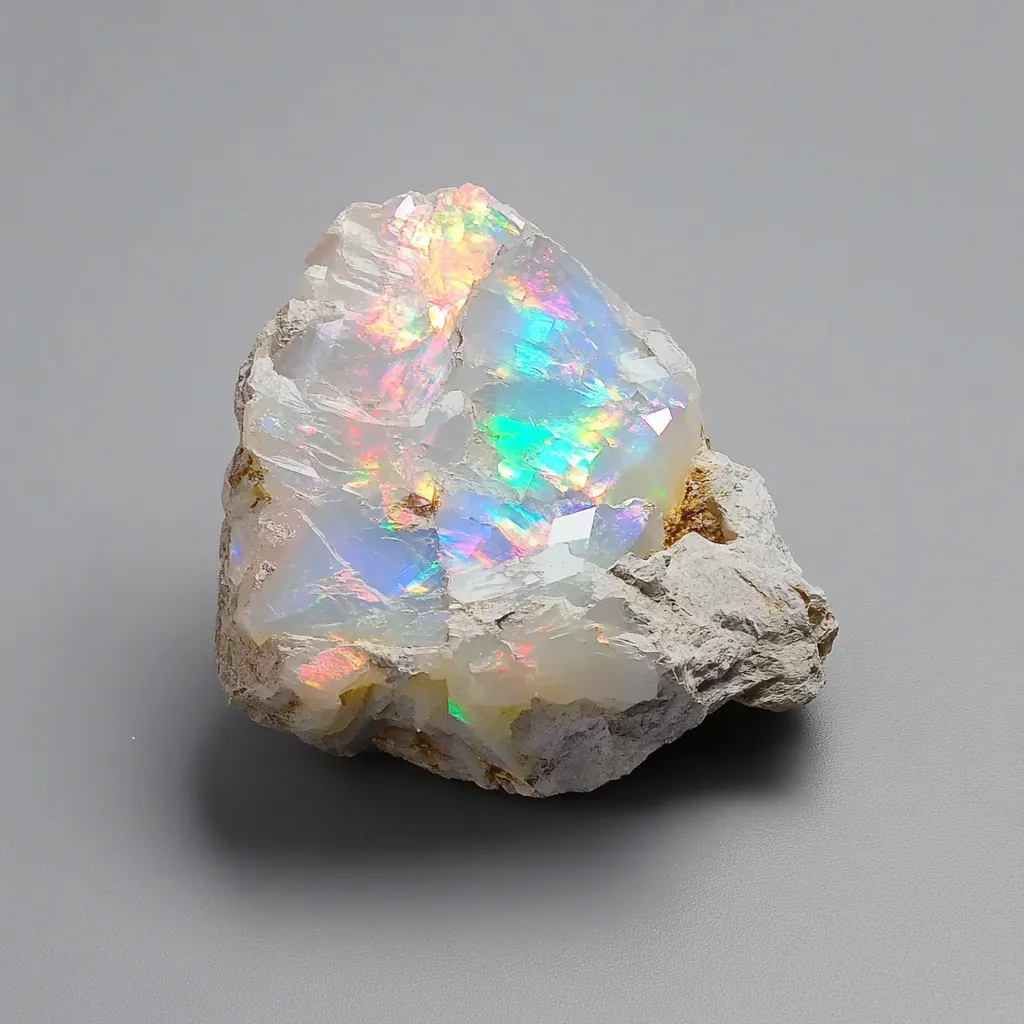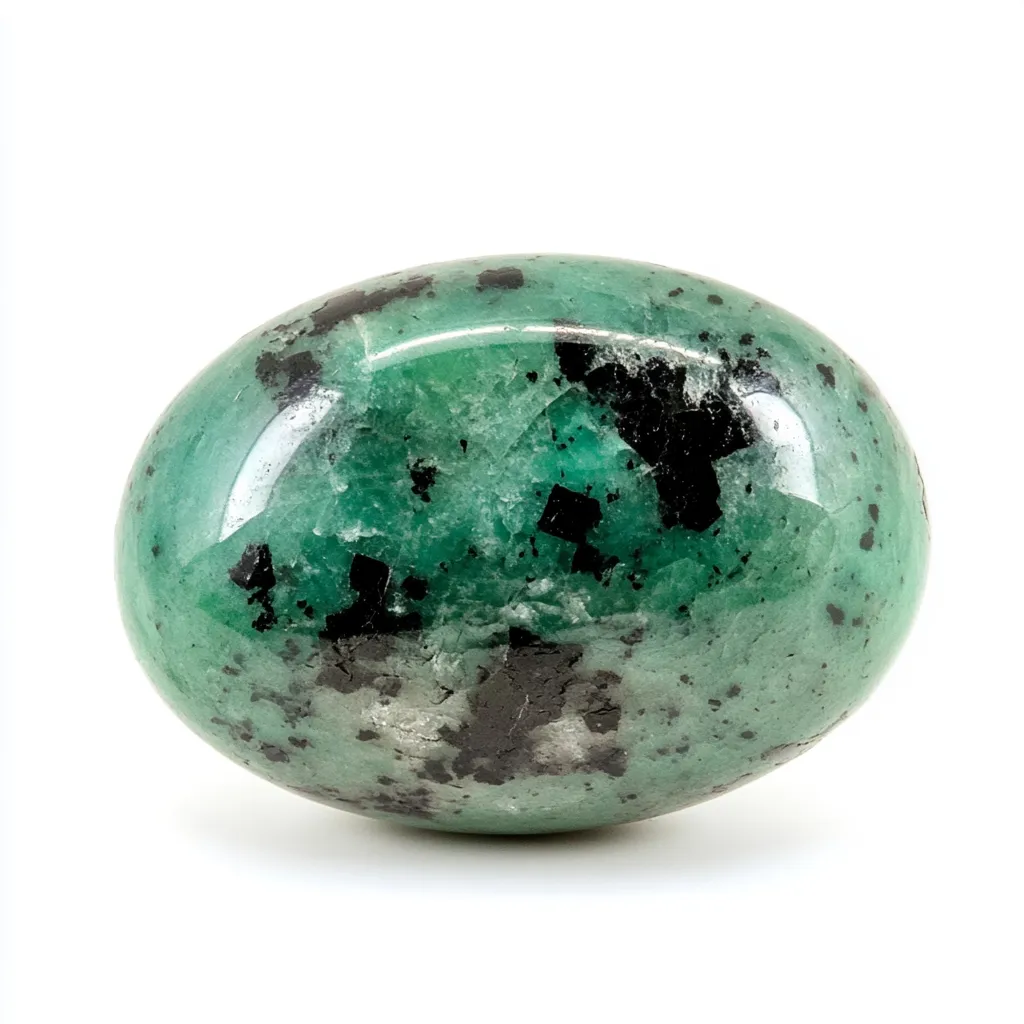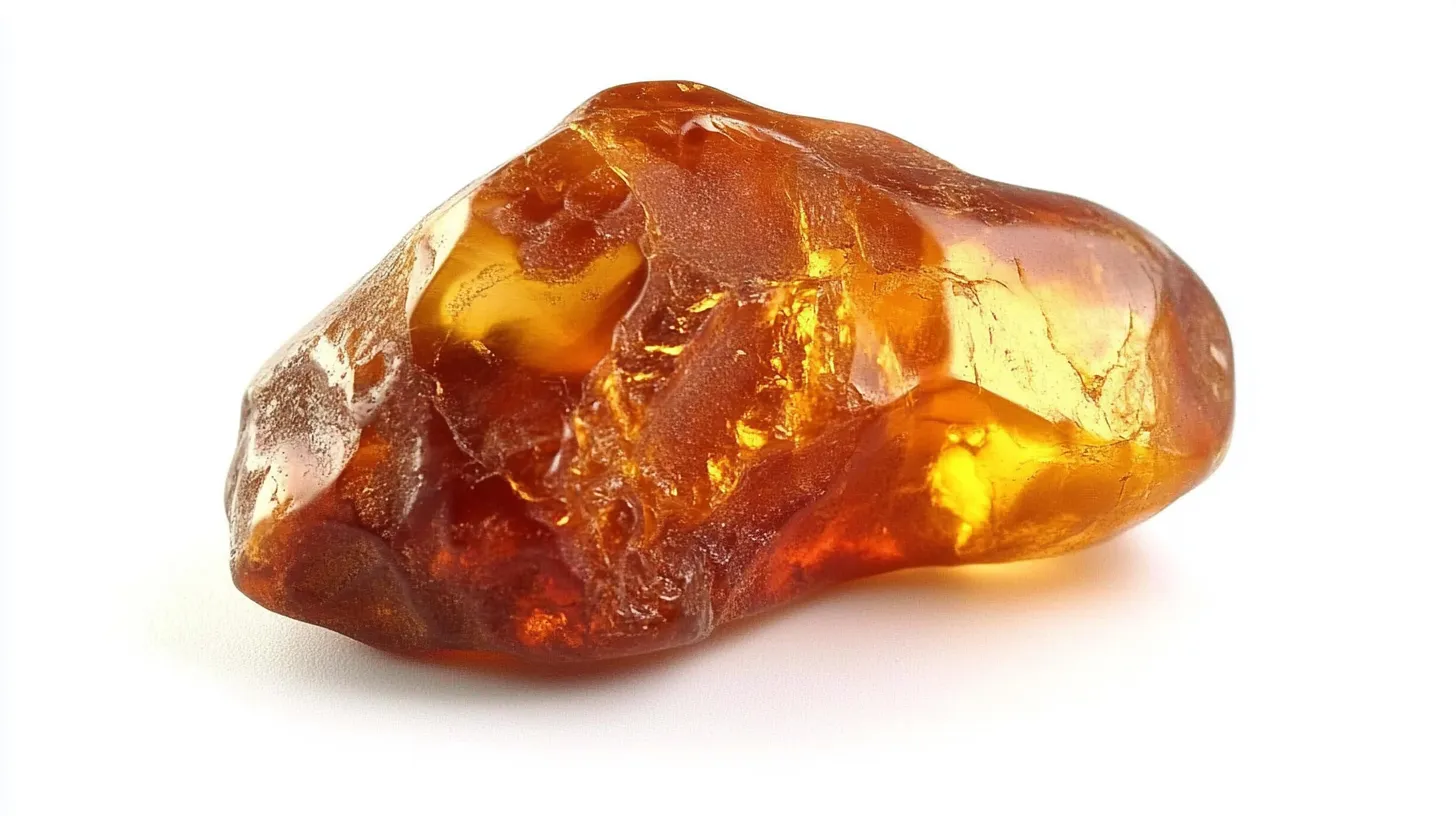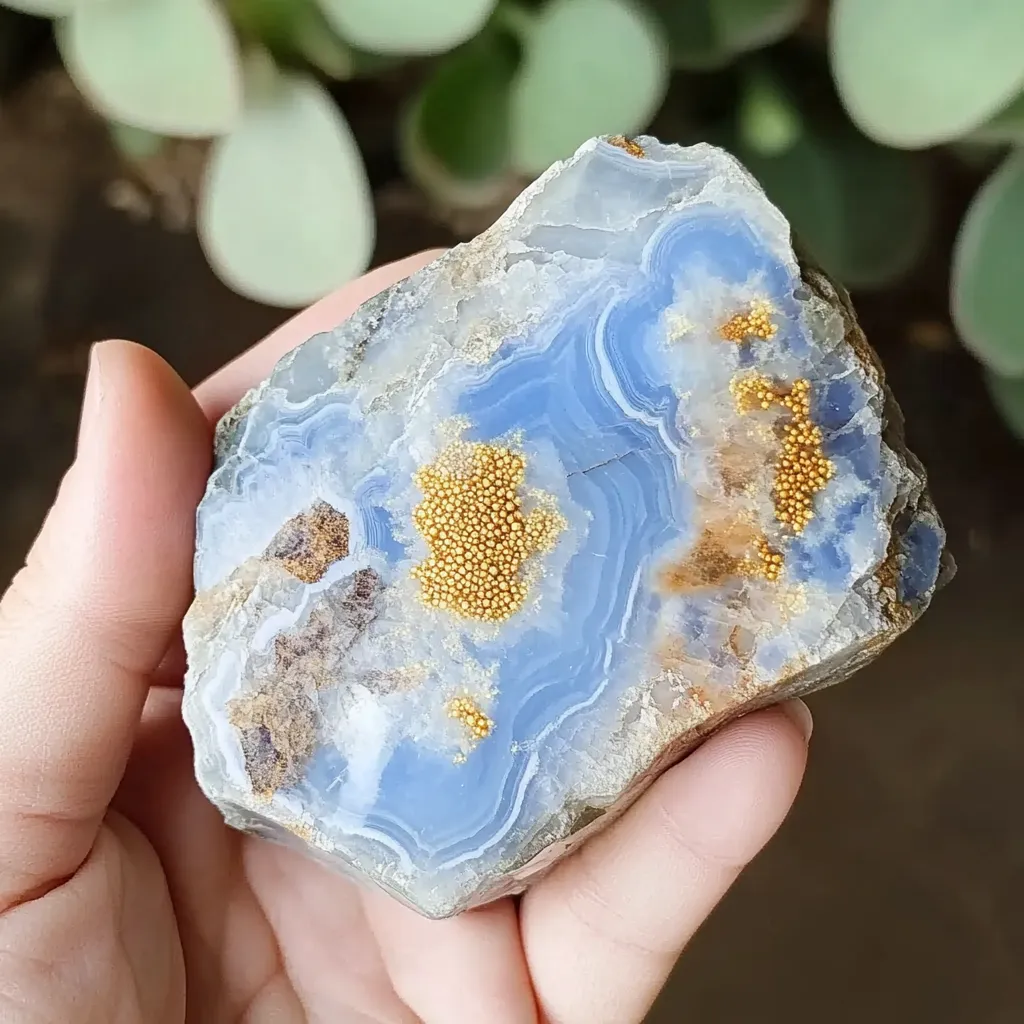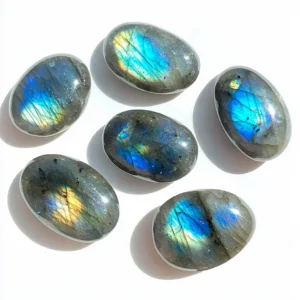

The Meaning of Labradorite Stone
A shimmering blue, green, teal, gold, or violet stone, set against a black backdrop, is labradorite. The common name for labradorite’s shimmering optical effect is labradorescence. When light strikes the stone, it bounces within, creating the illusion of a glowing, shifting stone simply waiting for a magic show. In days past, foolish men seeking the lost wages of wizards and the age of magic dug into the rocks of Norway, just beneath the mountains of labradorite. From Norway, the miners carried heavy hammers and packed their dreams into the shafts of laboring pickaxes.
Labradorite is connected with the third eye and crown chakras in crystal healing. During meditation, people use it to connect with higher consciousness and calm their minds. And while some skeptics might say all of this is just for show, many people wear labradorite as a root and reminder to trust their gut and brave the periods of transition that life throws at us.
Table: Chakra and Spiritual Connections of Labradorite
| Chakra Association | Purpose in Crystal Healing | Common Use |
|---|---|---|
| Third Eye | Enhances intuition | Meditation aid |
| Crown | Connects to higher consciousness | Spiritual growth |
| Root (Symbolically) | Grounding and protection | Daily wear as a reminder |
Science & Origin of Labradorite Stone
Labradorite, a feldspar mineral, is renowned for its remarkable color play, akin to a storm within. When light hits it, it shows shades of blue, green, gold, and even violet, almost like they’re shooting out of it, to some extent, because of how light interacts with the stone’s layered structure.
Labradorite has a rich history, beginning with its first discovery in 1770 on Paul Island, located off the coast of Labrador, Canada; its very name comes from that location. Where else has labradorite been found? Researchers have also discovered deposits of labradorite in Finland, Madagascar, Russia, and the United States. Finland’s most famous for labradorite—it calls its version “spectrolite”—but Madagascar’s and the United States’ deposits make for an expansive range of potential appearances that can confuse even seasoned rockhounds.
What is intriguing is that labradorite ranks 6 to 6.5 on the Mohs hardness scale. It is durable enough for jewelry yet still makes a case for gentle care. Avoid harsh cleaners and extreme temperature changes to keep its inner fire glowing.
Table: Labradorite Scientific Profile
| Feature | Details |
|---|---|
| Mineral Type | Feldspar |
| Optical Phenomenon | Labradorescence |
| Mohs Hardness | 6 – 6.5 |
| First Discovered | 1770, Paul Island, Labrador, Canada |
| Other Locations Found | Finland, Madagascar, Russia, United States |
History of the Labradorite Stone
Labradorite is as rich as the stone itself; it’s the most colorful in the world. Legends say this remarkable mineral was formed when a warrior freed the Aurora Borealis from the Labrador coast, where it was trapped in the rocks. Labradorite now contains that freed light.
Labradorite became much more popular during the metaphysical boom of the 1980s and ’90s. Its allure brought it into the hands of healers and the spiritually curious, who began working with it on an energetic level. Today, the semi-precious stone is practically a de rigueur presence in crystal shops and New Age circles.
Today, it is not only the spiritually curious who favor labradorite. Its bold flash and mysterious vibe make it a go-to for jewelry designers, not to mention one of the stones of choice for collectors and even home décor enthusiasts who want to add a bit of this world and the next to their interiors. Some believe it helps ward off negative energy—whether that’s emotional stress or that digital fatigue we all seem to suffer from these days.
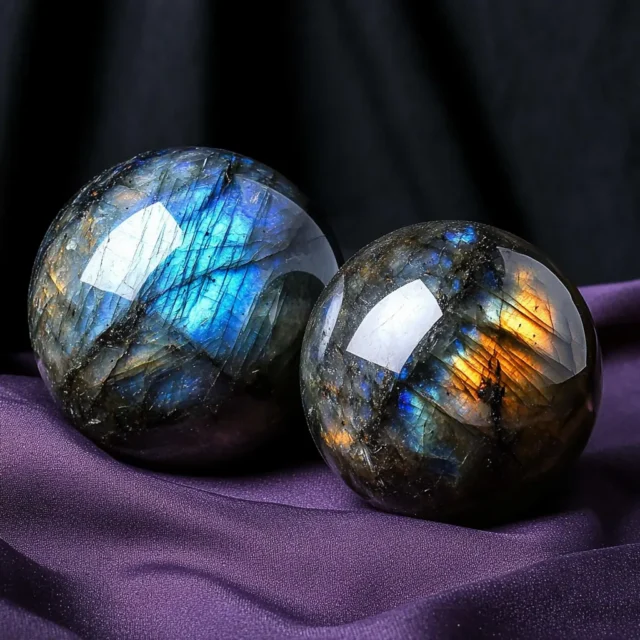
Labradorite Stone: Uses and Metaphysical Properties
Labradorite is commonly used in rings, pendants, and decorative carvings. Its appeal—both in color and luster—alone is enough to grab anyone’s attention. But beyond its looks, many people these days use labradorite, both in its raw state and when formed into jewelry, for emotional and spiritual purposes.
Some common uses in metaphysics are as follows:
Defense: It is believed to create a barrier against mental and energy-sucking attacks.
Focus & Creativity: Certain artists and writers maintain labradorite in their proximity to ignite inspiration.
Emotional Equilibrium: People frequently use it to calm an overactive mind during stressful times.
You ever enter a room and feel totally zapped of energy? That’s why many crystal enthusiasts keep labradorite close. To them, it’s not just a pretty rock (though it is!). I keep my labradorite piece on my desk as a gentle reminder to stay grounded and rooted. It’s such a lovely stone for this reason.
Believing or not in its mystical powers, one thing is clear: labradorite sparks curiosity. Its colors shift and seem to say, “There’s got to be more to life than what we can see and comprehend.”
Different Types of Labradorite Stone
Labradorite isn’t merely one stone; it embodies a complete spectrum. The classic type—often referred to as Spectrolite—displays a rich rainbow of colors. Then there’s Golden Labradorite, which in many regards glows with warm yellow and gold tones that seem to almost radiate sunlight. And all the types have a unique energetic feel.
The first time I held a piece of labradorite under natural light, I felt as if I were catching lightning. I remember it because catching lightning, of course, is impossible, but holding that piece of stone seemed to brush against an impossibility. Some collectors even search for White Labradorite, which is sometimes mistaken for moonstone, because it has an even more subtle shimmer and a softer energy.
Comparison of Different Types of Labradorite
| Type | Appearance | Energy Quality |
|---|---|---|
| Spectrolite | Multi-color, vibrant rainbow flashes | Dynamic, powerful |
| Golden Labradorite | Warm yellow and gold shimmer | Radiant, uplifting |
| White Labradorite | Soft shimmer, moonstone-like | Gentle, subtle |
So, what type resonates with you? Selecting your stone is frequently as much about gut feeling as it is about hue. Allow your gaze—and your vibes—to guide you.
Cleansing Labradorite Stone
Cleansing Labradorite is a must. It is a crystal that can take on the energies of those around it, especially if you are using it during energy work or meditation. So, how do you cleanse Labradorite? Here are a few ways. I’m sharing these because they are methods I use, or I know folks who use them.
What are the most effective methods? I suggest utilizing smoke from sage or palo santo or merely situating your Labradorite beneath flowing water—as long as it is untreated and not delicate. Some prefer the sound method, where a singing bowl can vigorously clean the stone. Never, however, use harsh chemical cleaners; your Labradorite is tough, but it deserves TLC.
Charging Labradorite Stone
Following cleansing, charging helps to reactivate the metaphysical properties of Labradorite. The moon’s intimate connection with this stone makes placing it under moonlight overnight a potent means of recharging it. I am especially fond of doing this during the new moon for fresh energy, or, conversely, during the full moon to really ramp up its natural radiance.
Common Labradorite Charging Methods
| Method | Description |
|---|---|
| Moonlight Charging | Place under moonlight overnight (new/full moon) |
| With Clear Quartz/Selenite | Lay beside energy-amplifying crystals for few hours |
| Burial in Earth | Bury in soil overnight to reconnect with earth energy |
| Avoid Sunlight | Prevent fading by keeping out of direct sun |
Another method? Simply position it next to clear quartz or selenite for a couple of hours. These high-vibration crystals serve as energy batteries. Some users even bury Labradorite in the ground for a night to reconnect it with the planetary energy. Just don’t leave it in brutal sunlight—its sheen can fade over time.
What might be best is dependent on your practice. Experiment and observe. Your Labradorite will let you know when it’s feeling recharged.
The Meanings of Labradorite Stone in Divination
In spiritual communities, Labradorite is recognized as the Magical Stone. Many use it for scrying and other forms of divination, believing it enhances intuitive abilities, tantamount to a secret or direct line of communication with otherworldly forces. For centuries, and even now, shamans and all manner of magical operatives have counted on Labradorite as a go-to for achieving all kinds of unfathomable results.
I’ve found it particularly potent in tarot readings—it seems to sharpen clarity and reveal hidden truths. Some practitioners hold it while journaling dreams, hoping to catch subtle insights from the subconscious. Others use Labradorite as a “mirror” during scrying, trusting it to reflect what the mind might miss.
Yet Labradorite isn’t only a source of enigma and mystique. It also stands for metamorphosis—for transformation, in the more everyday sense. So while we call upon this stone for divinatory purposes or when we want to commune with our guides, we can think of it, too, as a bridge from our present state to our next one.

Questions and Answers
Further Information on About Labradorite
Golden Labradorite
The golden variety of labradorite, known to some as “Bytownite,” is a radiant gem that displays a warm golden or yellow shimmer. An incomplete solid solution along the (010) plane randomizes the crystal’s internal structure, producing beautiful color play. Refraction produces a golden yellow color, rather than the more common blue. The stone is rare, and I find it personally uplifting, like holding a sunrise in your pocket. It’s especially popular in the meditation practices of our sister school, the Golden Oak Den. They use it to create “spirit jewelry”—pieces specifically designed for spiritual practice.
Golden Labradorite Properties Table
| Property | Description |
|---|---|
| Common Name | Golden Labradorite |
| Also Known As | Bytownite |
| Color | Golden Yellow |
| Popular Use | Meditation, Spirit Jewelry |
| Unique Feature | Uplifting energy, color from refraction |
Labradorite Cost
Labradorite costs can vary a lot, and that’s due to quality, size, and color flash. You can find lower-grade stones without visible iridescence for just a few dollars per carat. But if you want intense blue or multicolor labradorite that kind of dazzles, well, then you’re looking at $30 to $100 per piece or more. More rare varieties like spectrolite fetch even higher prices. And keep in mind, if you’re looking for labradorite jewelry, a custom cut or artisan setting can approximately double the cost. Always compare luster, cut, and clarity, not just price. On to spectrolite.
Labradorite Price Range Table
| Type | Price Range (USD) | Notes |
|---|---|---|
| Low-grade (no iridescence) | $1–5 per carat | Common, minimal color play |
| Blue/Multicolor | $30–100+ per piece | Popular for jewelry |
| Spectrolite | Higher than standard | Rare, vivid color flashes |
| Artisan Jewelry | Variable, often double | Depends on setting and craftsmanship |
Labradorite Black
Black labradorite, sometimes mistaken for larvikite, has a darker hue and an appearance that is more elegant and smoky—if one can call a mineral smoky—that serves as an excellent grounding stone for the emotionally tumultuous. No vibrant blues or golds that one might be expecting from labradorite pop out when one is looking at black labradorite; in fact, no colors pop out at all, which is more than fine for beginners who want the energy of a protective stone without a lot of obtrusive attention-demanding flash.
Spectrolite vs. Labradorite
Spectrolite is basically a rare, high-quality kind of labradorite found mostly in Finland. What distinguishes it from other members of the labradorite family is that it plays with colors—intensely and beautifully. If labradorite tends to throw limited colors into the mix (typically blues, sometimes greens), spectrolite is definitely more vivid. Think of it as a kind of color play that really knows no bounds.
Blue Labradorite
The most recognized and sought-after color variety of labradorite is blue, and for good reason. Its shade of blue, seen when the stone is most optimal, comes exuding from inside the stone as if it were backlit, with crazy tonalities of blue. You have dark navy blues, cerulean blues, and electric blues when seeing it in its most vibrant state. Typically, no other stone contains these shades of blue. They are exclusive to blue labradorite.

